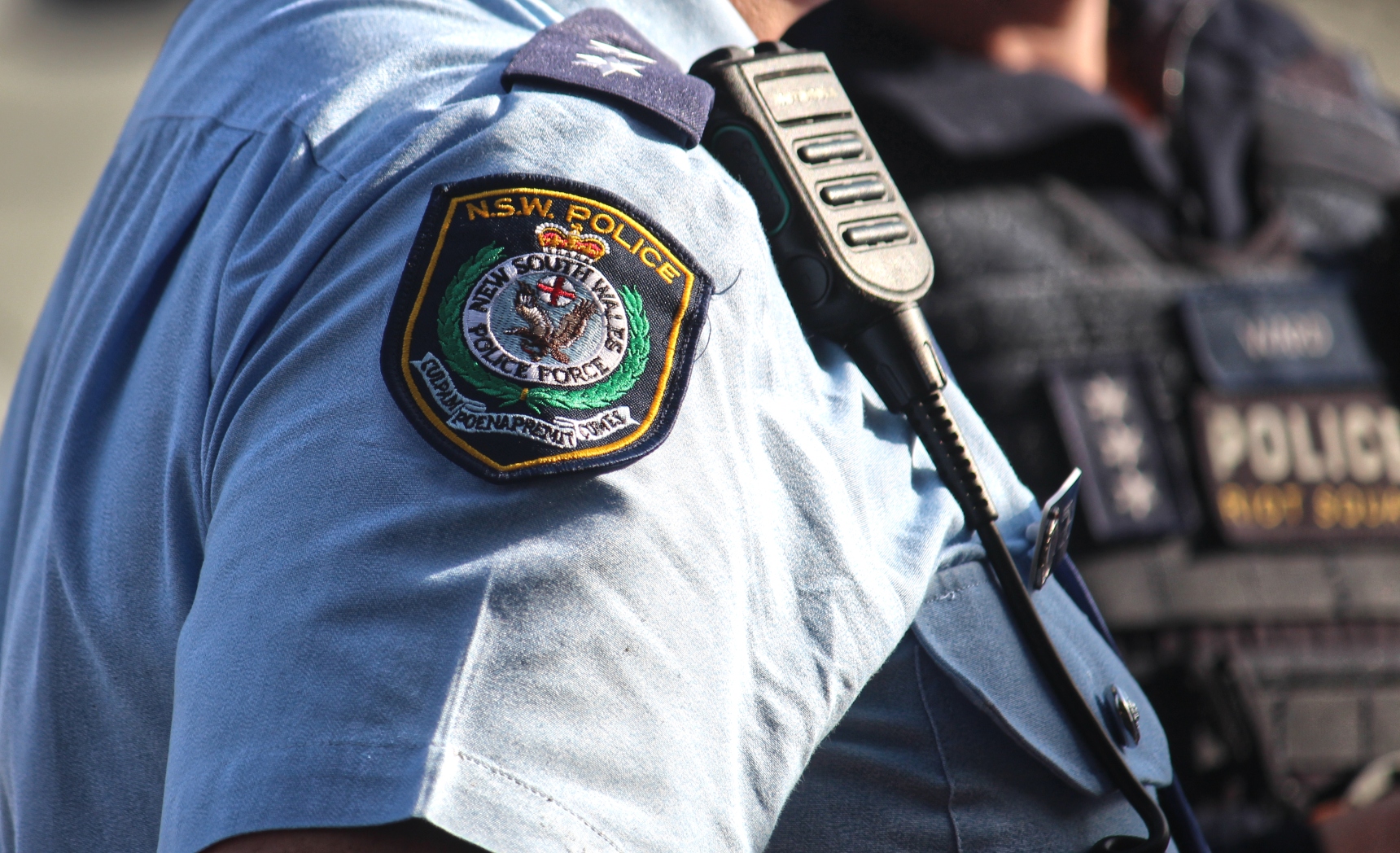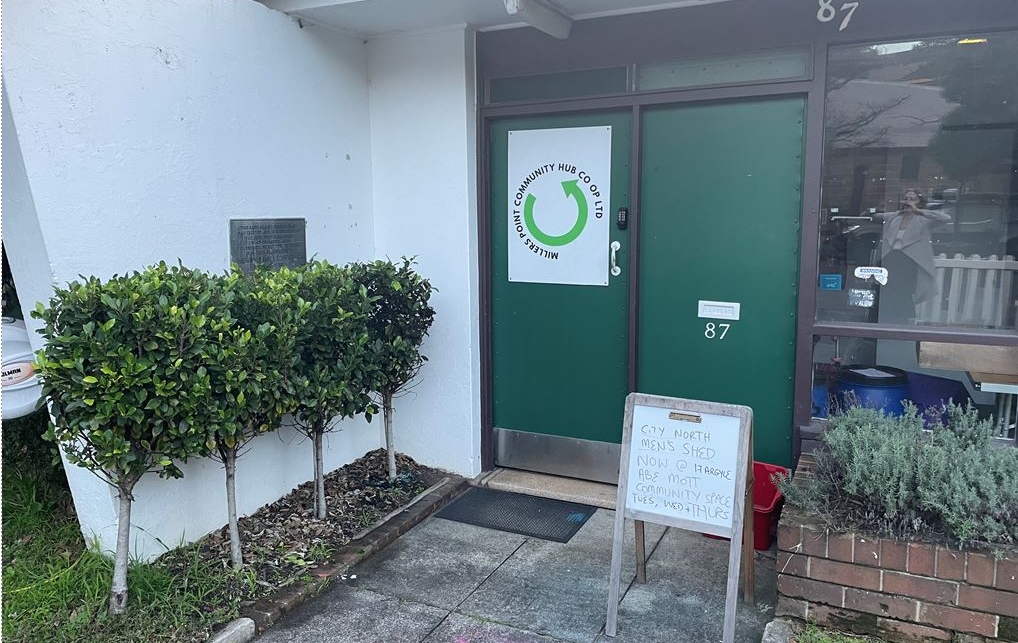

Image: Koalas are now an endangered species. Photo: Silverish Lily/Wikimedia Commons
By ABHA HAVAL
The proposal for the Great Koala National Park (GKNP) on the NSW mid-north coast is likely to save the endangered koala population from being extinct, but the logging of state forests proposes greater risks of that happening.
The NSW Labor Party has committed $80 million towards establishing the Great Koala National Park between Coffs Harbour and Kempsey following the election win.
The proposed park will add 175,000 hectares of the state forest areas with existing national parks to create a natural reserve of more than 315,000 hectares that would protect two metapopulations of koalas in the Coffs Harbour region. An inquiry conducted by the NSW parliament in 2020 suggested that the koalas are facing extinction by 2050 if not intervened.
The Great Koala National Park as proposed by the National Parks Association of NSW aims to protect the metapopulation in a single network of reserve parks which estimates a total of 20% of koalas in NSW.










